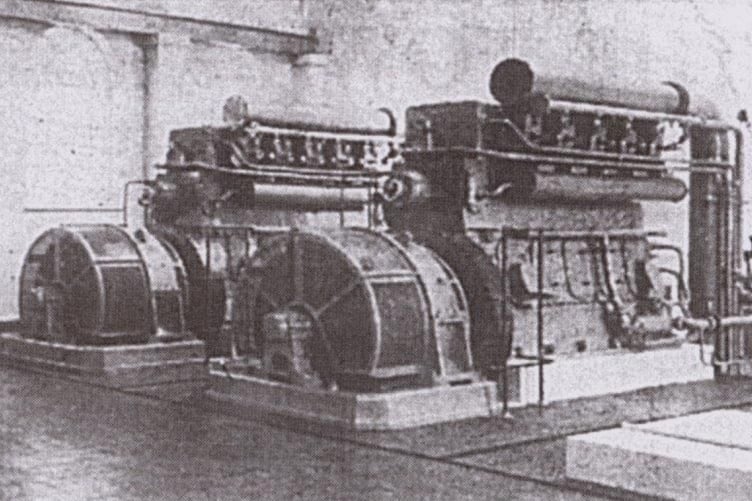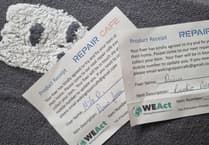Proud of the fact that Woking residents had not had their water rates increased for 35 years, the News & Mail stated the fact when reporting on a new expansion of the local waterworks.
This was in June 1953 and was at its main source of supply in Chertsey.
The report said that in its 72 years’ service the Woking Water Company had “satisfied the steadily mounting demands of an area much larger than the urban district itself”.
It said that water was being supplied to the urban district of Woking (excluding Byfleet), Pirbright, Bisley, Worplesdon, East Horsley, West Horsley, Ockham, Ripley, Wisley and Send – an area of about 63 square miles.
The Woking Water & Gas Company was incorporated in 1881 but it never produced or delivered any gas.
Its original works were at Clandon. A few years later, works were built at Horsley.
However, as the report noted, the main source of supply had long been at Chertsey, owing to an increasing demand for water.
Therefore, parliamentary powers were granted in 1899 to construct works alongside the River Thames between Chertsey and Laleham.
Demand for water rose once more in 1939 and extra pumping machinery was added at Chertsey using the latest diesel-electric technology.
Demand had risen again by 1950, so more development was required.
This resulted in the addition of two 320hp diesel engines coupled to continuous-current generators to a main switchboard.
High-lift pumps in the basement of a new building were driven by two 200hp electric motors.
Provision had been made for a third set, expected to be installed in 1955.
The report said the plant was now capable of pumping 3,000,000 gallons of water a day – and once the third set was installed, the output would be up to 5,000,000 gallons a day.
The average daily water supply at the time was approximately 2,500,000 gallons, while in the summer it often rose to 3,000,000 gallons.
Much housing development was taking place in the 1950s within the water company’s catchment area, including the London County Council’s huge Sheerwater estate.
So 250 miles of trunk and distribution mains had been laid to deliver to consumers approximately 30 gallons of water per head each day.
The report described this water as “being of the highest bacterial standard”.
It added: “On no occasion in the history of the company has a single local authority found an unsatisfactory sample in the course of frequent examinations.
“The company is fortunate in the purity of the pure water it obtains.
“Notwithstanding this, it is treated by rapid gravity filtration, followed by chlorination.”
The design and development of the new works had been by Mr J Dalrymple, of Mount Hermon Road, Woking. He was the head of the Woking Water Company at the time.
The report also noted that the chairman of the company was William Richards of Hook Heath.
It said: “He and his board of directors are men of considerable knowledge of the district and water-supply requirements.
“It may well be due to the presence of such men at the head of the undertaking that Woking has received such good service.”
The report concluded: “Some pride is taken in the fact that water rates and charges have not been increased since the First World War despite steeply rising costs in wages and materials. It is an achievement believed to be unique.”
Thanks go to Peeps researcher Mark Coxhead for discovering this gem of Woking’s modern history in the back copies of the News & Mail on microfilm at the Surrey History Centre.





Comments
This article has no comments yet. Be the first to leave a comment.